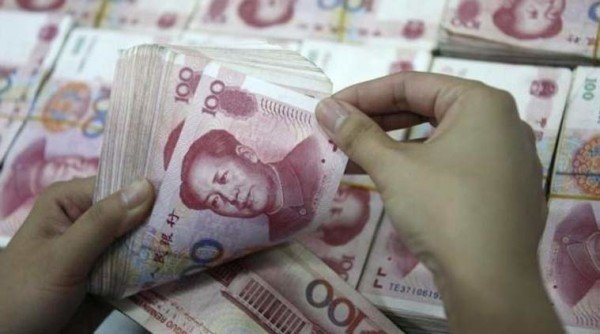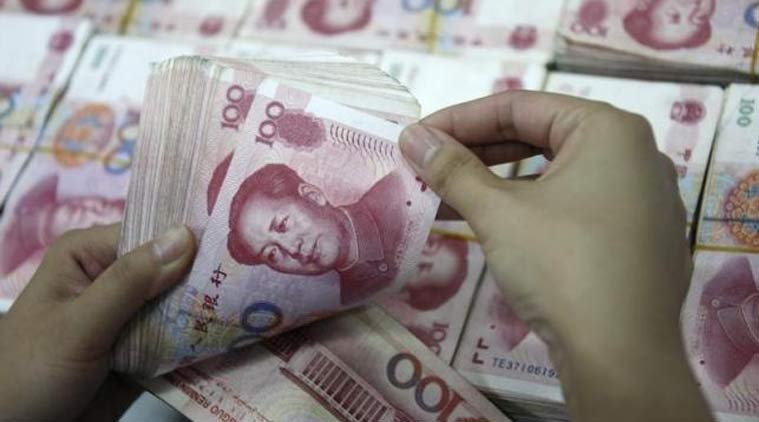China’s Central Bank has cut the yuan’s rate against the US dollar for a second day.
The move sent fresh shockwaves through Asian markets, but the People’s Bank of China (PBOC) has sought to calm fears, saying it was not the start of a sustained depreciation.
The Chinese yuan fell another 1% on August 12, marking the biggest two-day lowering of its rate against the dollar in more than two decades.
The new rate is meant to boost exports.
Figures released at the weekend showed Chinese exports fell more than 8% in July, adding to concerns the world’s second largest economy is heading for a slowdown.
There were further signs of weakness on August 12, when figures showed industrial production in July rose 6% from the previous year. The rise was smaller than expected and was also below the 6.8% increase seen in June.
Fixed asset investment, a measure of state spending on infrastructure, expanded 11.2% for the first half of the year, also below estimates and at its lowest since December 2000.
However, the action on the yuan has sparked fears of a global and destabilizing “currency war”. There has been criticism from the US, where markets fell sharply overnight.
On August 12, the PBOC fixed the “official midpoint” for the yuan down 1.6% to 6.3306 against the dollar.
The midpoint is a guiding rate, from which trade can rise or fall 2% during the day.
Until August 11, that rate had been determined solely by the PBOC itself. But the rate will now be based on overnight global market developments and how the currency finished the previous trading day.
The bank, which had called Tuesday’s 1.9% cut a “one-off” adjustment, sought to reassure financial markets on Wednesday.
“Looking at the international and domestic economic situation, currently there is no basis for a sustained depreciation trend for the yuan,” it said in a statement.
https://www.youtube.com/watch?v=fJifZy4QxJo
